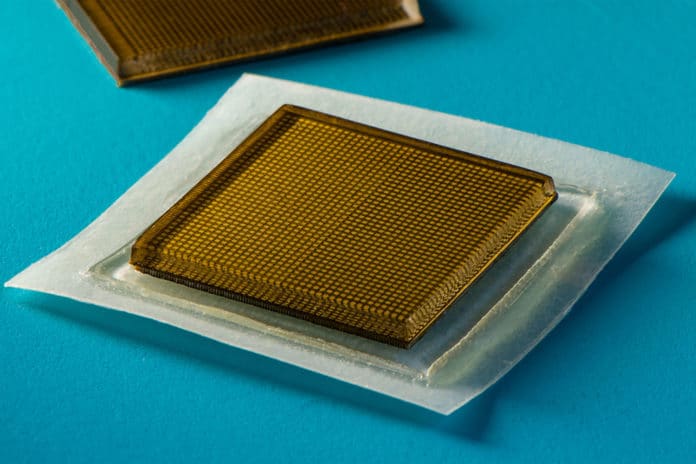New Skin-Sensing Wearable Device
Northwestern University Researchers have developed a new type of wearable device capable of delivering complex sensations directly to the skin. This thin, flexible silicone-mesh patch is embedded with tiny magnetic actuators that create various sensations, including pressure, vibration, and twisting.
The Evolution of the “Epidermal VR” Patch
In 2019, Professor John A. Rogers and his team introduced an “epidermal VR” patch—a flexible, skin-adhering device that used small actuators to simulate light touch through vibrations. They have now advanced this design with a new battery-powered prototype featuring 19 magnetic actuators within the silicone-mesh membrane. These actuators can vibrate, twist, and move vertically, applying both horizontal tension and vertical pressure to create a broader range of tactile sensations.
Powered by Bluetooth for Real-Time Feedback
The innovative device is powered by a small battery and uses Bluetooth technology to receive data from a smartphone, which it then translates into tactile feedback. This feedback allows users, including those who are visually impaired, to “feel” their surroundings.
Revolutionizing Gaming, Virtual Reality, and Accessibility
The potential applications for this technology are vast. It could revolutionize gaming and virtual reality by providing users with more immersive as well as realistic experiences. Additionally, it holds promise for guiding visually impaired individuals, helping them sense their environment.
Researchers also envision applications in healthcare, such as offering feedback to individuals with prosthetic limbs or helping people with sensory impairments regain a sense of touch.







